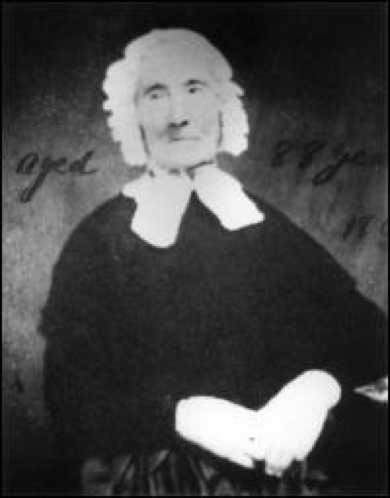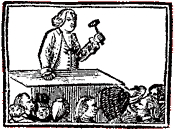Breakfast with Charles Lee and Spado
Instead of politics, the general topic of conversation in this place is horses, a subject which, though apparently perfectly understood, and repeatedly talked over, seems never to be exhausted.The Continental Congress had put Charles Lee in charge of the Southern Department on 1 May. He wrote from Williamsburg, Virginia, that he planned to set out for Halifax on 12 May, and he was there from the 20th to the 24th. Then he moved further south, reaching Charleston in early June.
When I first came up Gen. [Charles] Lee and his dogs had entirely supplanted the horses; a number of little anecdotes are told of them—among others, the general will not suffer Spado to eat bacon for breakfast (a practice very general both with gentlemen and ladies in this part of the country) lest it should make him stupid—
this piece of satire, however, has not prejudiced him in their good opinion: he is considered as a very polite, well-bred, and sensible gentleman by every one I have heard speak of him, making allowances for a few oddities, which all great men are indulged in, and which were not so many as they had reason, from report, to expect.
Lee took command in South Carolina, unifying the Continental and militia forces and strengthening the port’s defenses. On 28 June Gen. Henry Clinton’s redcoats tried to take Fort Sullivan and failed. Soon afterwards, the Congress declared independence from Britain. That was the high point of the American cause for several more years, and Lee shared credit with Gen. George Washington for driving the British army out of the thirteen new states.
Johnston’s letter preserves a moment when Americans were still enthusiastic about Gen. Lee, forgiving his oddities, such as those dogs, and calling him “a very polite, well-bred, and sensible gentleman.” That reputation wouldn’t survive his rivalry with Washington. In the next century it’s hard to find any American historian writing about Lee as positively as Americans in 1776.

















